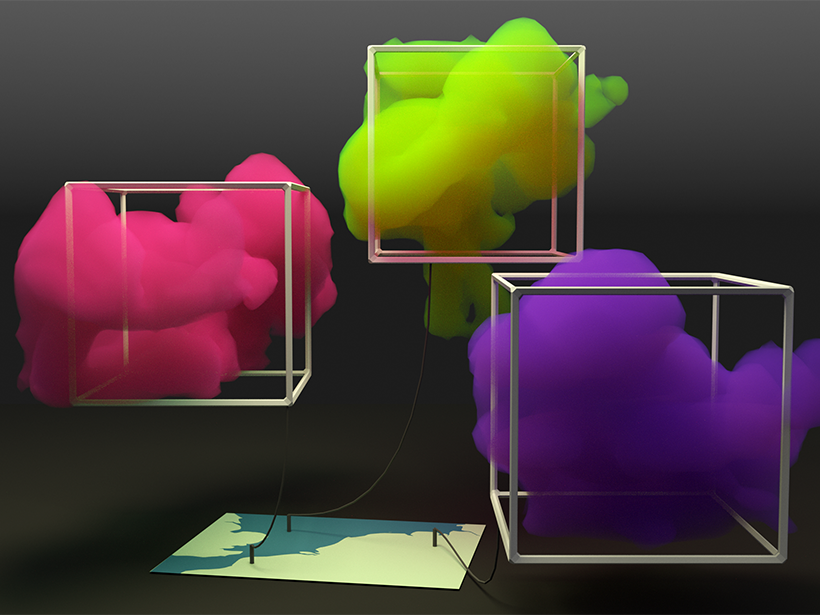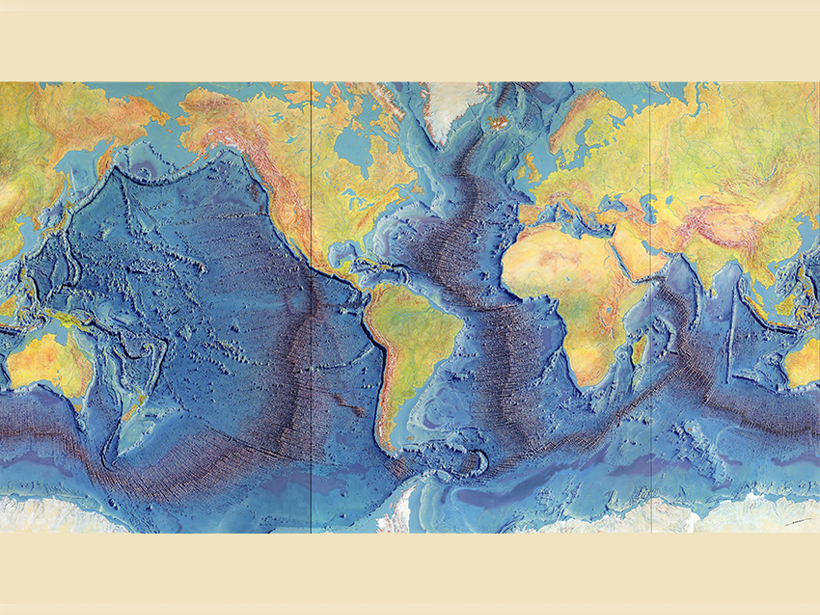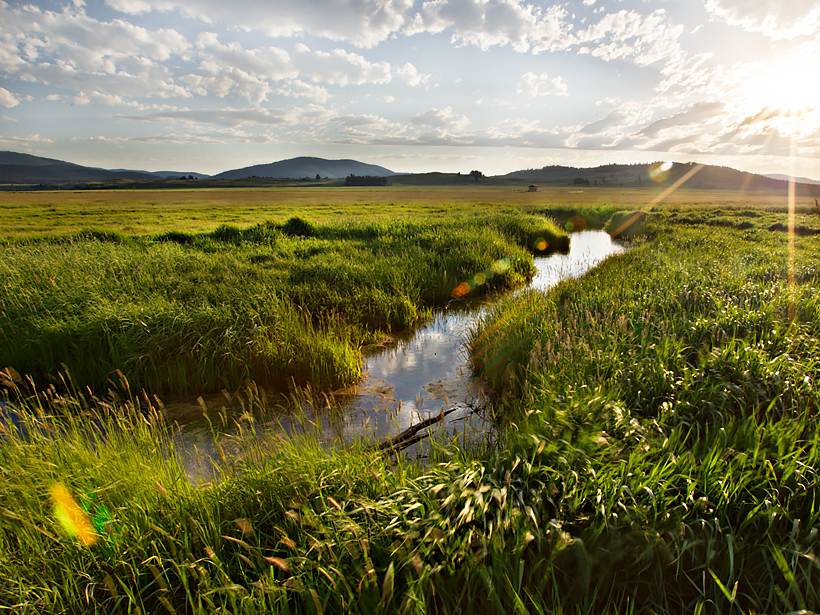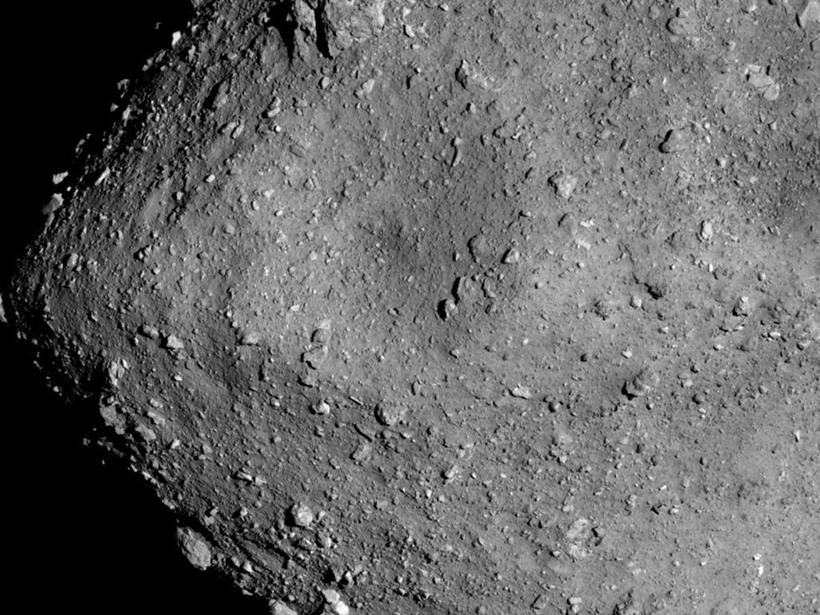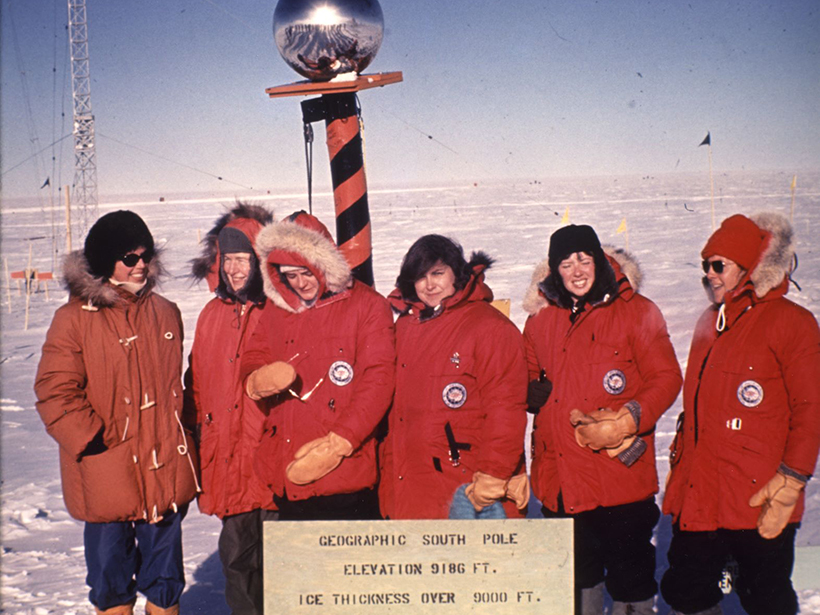Rafts of pumice, spewed from an undersea volcano, recently appeared in the South Pacific. These transient, movable islands are important toeholds for marine life like barnacles, coral, and macroalgae.
CC BY-NC-ND 2019
Charging Thunderclouds Affect Ionospheric Conductivity
As thunderstorm updrafts strengthen, electrification of clouds can heat the lower ionosphere, explaining prolonged disturbances to radio waves in the rarefied atmospheric layer.
A “Super” Solution for Modeling Clouds
Climate models struggle to accurately portray clouds because the models cannot resolve the scales at which clouds form. A new study demonstrates a potential fix for the problem.
Light Permeates Seasonally Through Arctic Sea Ice
The transmission of sunlight through Arctic sea ice depends on the presence of ice, snow, and melt ponds, data collected over 6 years reveal.
Solving the Global Nitrogen Imbalance
Excess nitrogen causes serious environmental problems, but too little can lead to food insecurity and unrest. A team of researchers proposes a five-pronged solution to our planet’s nitrogen woes.
Nearby Asteroid Is Mysteriously Devoid of Dust, Lander Reveals
Close-up images of Ryugu, a near-Earth asteroid and the target of the Hayabusa2 sample return mission, reveal a rocky, dustless world that may have formed from a giant collision.
Overcoming Ice and Stereotypes at the Bottom of the World
The Byrd Polar and Climate Research Center celebrates the 50th anniversary of the first all-women research team in Antarctica.
The Many Intertwined Stories of Tree Rings
Trees grow as they age, but it’s not straightforward to tease out how that growth changes over a century of environmental change.
Was Ahab Truly “Lord of the Level Loadstone”?
Herman Melville’s bicentennial provides a good excuse to examine how well the Pequod’s monomaniacal mariner knew his geomagnetic magic.



